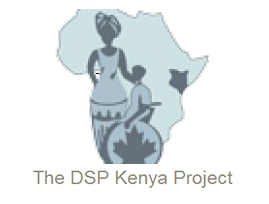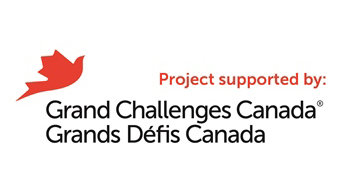4.3.7 – Functions of the cardiovascular, haematological, immunological and respiratory systems
Cardiovascular
As children with HIV are living longer, cardiovascular complications are becoming more prevalent and contribute significantly to the morbidity and mortality. It is estimated that over 90% of children with HIV will have some form of cardiovascular problem.13
Most children are initially asymptomatic and may present with a range of diagnoses. Children most at risk for cardiovascular problems are those who present with encephalopathy, wasting and low CD4 counts.
Cardiovascular symptoms may be missed or thought to be due to respiratory or other infections. Regular screening of children, a healthy diet and regular exercise can help cardiac disease.
Haemotological
- Most children living with HIV have problems with their haemotological systems.
- These can be caused directly by HIV but may also be due to poor nutrition or side effects of medication.
- These conditions are usually asymptomatic but may become life threatening.
Immunological
- The primary problem resulting from HIV infection is dysfunction of the immune system.
- HIV affects the infected immune cells directly and causes damage.
- It also damages cells which are not directly infected and causes a generalized response to host cell infection.
Potential causes of these impairments and rehabilitation interventions are shown in the table below.
Table 4.3.7: Clinical Aspects of Cardiovascular, Haematological, Immunological and Respiratory Impairments
| Impairments | Possible Etiologies | Rehabilitation Interventions13 |
|---|---|---|
| Cardiovascular | HIV Left ventricular abnormalities Dilated cardiomyopathy Myocarditis Pericarditis Rhythm disturbances |
|
| Immunological | HIV |
|
12Dadlani G and Lipshultz S. 2005. Cardiac problems. In :Textbook of Pediatric HIV Care edited by Zeichner S and Read J. Cambridge
13Choice of rehabilitation interventions will depend on patient assessment and available resources.

 Previous Page
Previous Page




